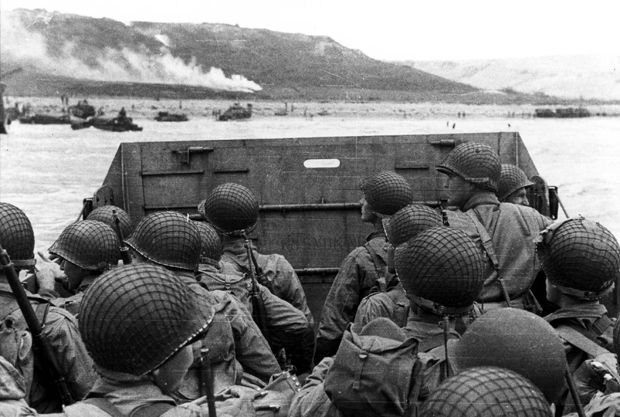

Royal Canadian Air Force squadrons patrolled the skies and attacked enemy targets onshore, while 10,000 sailors onboard 110 ships Plan many operations, it is now most associated with the Allied invasion of Normandy, France, on 6 June 1944.Ĭanada played a critical role on D-Day. For that reason, the term D-Day was used to refer to the day on which an attack was to begin. When planning a military operation, the specific date on which the attack would occur was not always known in advance. The 3rd Division’s objectives on D-Day were to cut the Caen-Bayeux road, take the Carpiquet airport 18 km inland and form a beachhead linking Gold and Sword beaches. Pour in reinforcements to begin the liberation of France. On the beaches, the soldiers’ task was to storm enemy-held territory and push inland, securing a coastal bridgehead from which the Allies could Among this invasion force were three divisions of paratroopers dropped behind enemy lines.

The campaign’s opening day, a vast naval armada, supported by squadrons of aircraft, bombarded German defences along the Normandy coastline before delivering 156,000 American, British and Canadian troops onto five beaches codenamed Utah, Omaha, Gold, The assault on Normandy, along a 100 km stretch of French coastline across the English Channel from Great Britain, was the largest seaborne invasion in history. Image: Originally published in Time magazine. Map of the Normandy invasion with allied forces.


 0 kommentar(er)
0 kommentar(er)
